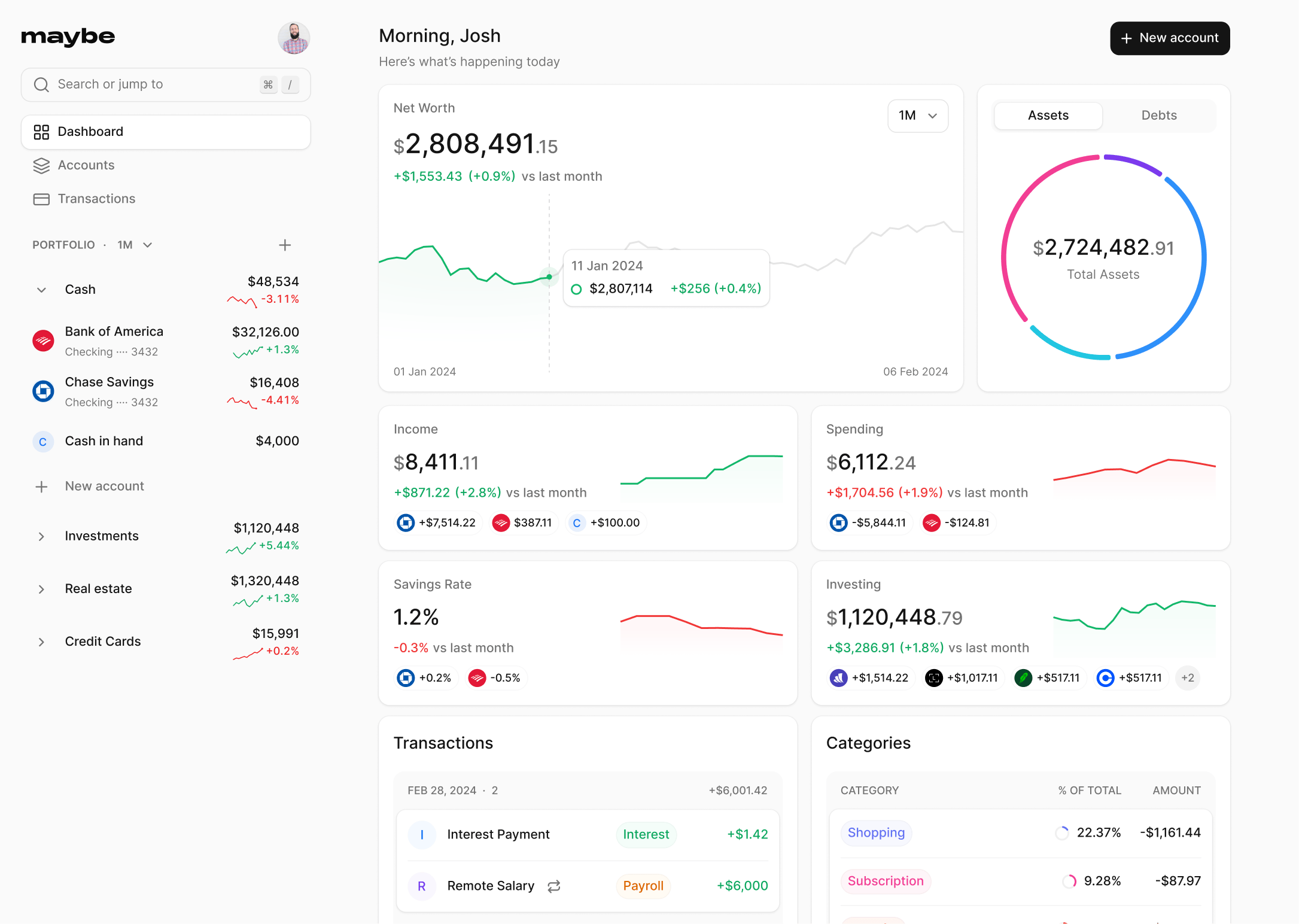Financial Terms / A - B / Active Investing
Active Investing
There are two main types of investment strategies: active investing and passive investing. Both have pros and cons. Here we're going to focus on active investing.
What is active investing?
In short, active investing is a hands-on approach to investment where the investor takes a more proactive role in managing their portfolio. This can involve anything from picking individual stocks to timing the market. Active investors believe that they can outperform the market by taking a more active role in their investments.
There are several reasons why someone might choose to be an active investor. For some, it's simply a matter of preference. They enjoy the challenge of trying to beat the market and feel like they have the knowledge and expertise to do so. Others may choose active investing because they have a goal they don't think they can achieve through passive investing alone.
Whatever the reason, it's important to remember that active investing is not without its risks. Because you're actively managing your portfolio, there's a greater chance that you could make a mistake that costs you money. There's also no guarantee that you'll be able to outperform the market, no matter how good your intentions may be. If you're thinking about becoming an active investor, make sure you do your research and understand all of the risks involved before making any decisions.
How much of the market is actively invested?
It's difficult to say exactly how much of the market is actively invested. Many people who consider themselves active investors may only partially actively manage their portfolios. And some passive investors may take a more hands-on approach with certain investments.
What we do know is that, overall, active investing has been on the decline in recent years.
Does active investing provide better returns than passive investing?
There's no easy answer to this question. Active investing may provide better returns in some cases, but it's not guaranteed. And in other cases, passive investing may provide better returns. It depends on the individual situation.
That being said, some studies suggest active investing may not be worth the effort. For example, a study from S&P Dow Jones Indices found that, between 1999 and 2014, the average actively managed U.S. stock fund underperformed the S&P 500 index by about 1.4%.
So while there's no guarantee that active investing will provide better returns than passive investing, there's also no guarantee that it will provide worse returns. It really depends on the individual situation.
Who are some famous active investors?
Warren Buffett: One of the most successful investors of all time, Buffett is the Chairman and CEO of Berkshire Hathaway. He's known for his long-term investing approach and ability to find undervalued companies with a lot of potential.
George Soros: Soros is a Hungarian-American investor, business magnate, and philanthropist. He's considered one of the most successful investors in history and is known for his ability to make large, profitable bets on the market's direction.
Carl Icahn: Icahn is an American businessman and investor. He's the founder of Icahn Enterprises, a diversified holding company. He's known for his aggressive investing approach and willingness to take on large companies.
These are just a few of the many famous active investors out there. If you're thinking about becoming an active investor, these are some great people to look up to and learn from.
Discover more financial terms
Join the Maybe  waitlist
waitlist
Join the waitlist to get notified when a hosted version of the app is available.
